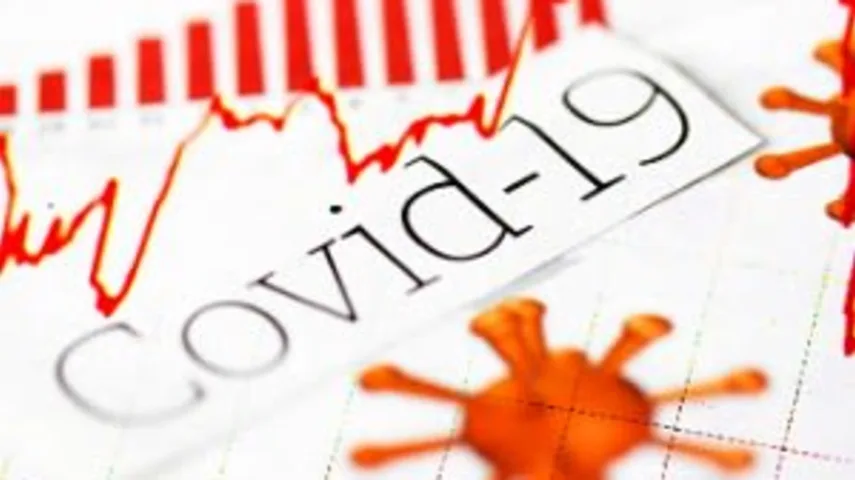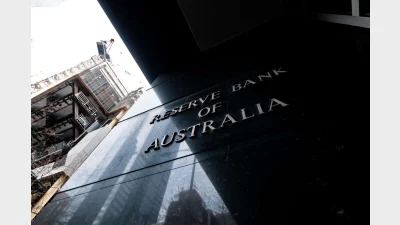Actuaries Institute finds COVID-19 deaths higher than expected



It is likely total deaths from COVID-19 in the early weeks of the pandemic were higher than expected as the disease’s related symptoms were still unknown and people were not being tested, according to data from the Actuaries Institute.
In the last week of March and first week of April, there were higher than usual deaths related to pneumonia, strokes and diabetes which have since been identified as related to COVID-19.
While doctor-certified deaths were “close to trend” in the first 21 weeks of 2020, there was a “clear exception” during those two weeks as deaths were higher by around 400 during that two-week period.
“While we cannot be definitive, we expect that more people probably died because of COVID-19 during the first wave of cases (in March and April) than was reported at the time. This is likely to be because those people were not tested for COVID-19, so the cause of their illnesses was not known at the time,” the Institute’s research note said.
It said the knock-on effects of the pandemic could have an impact for the next two years as people had avoided hospitals during the lockdown period which may have later medical ramifications for them.
“We note, however, that lockdowns may have caused people to avoid seeking medical attention or from attending their regular medical checks, and this might lead to future ill health or higher mortality. Any impacts are unlikely to be observed in the data so far. This is a possible longer-term effect that we may see in the next year or two.”
Actuaries Institute president, Hoa Bui, said examining this type of data could help policymakers understand the impact on public health and whether things would need to be handled differently in the future.
"Actuaries have the skills to look at large data sets, model outcomes and advise Boards and management on what it means for their business. Research can help look back at what actually happened, highlight deviations that may not be apparent at the time, which in turn can help identify what we might do differently,” Bui said.
Weekly scaled actual and predicted doctor-certified deaths in 2020
Recommended for you
Dan Farmer, chief investment officer of MLC Asset Management, has detailed how its super fund allocations have evolved and whether the fund will consider investing in bitcoin.
Australia’s superannuation capital has been positioned to play a larger role in south-east Asia’s economic development under a new government-backed deal.
Superannuation funds have become the dominant force behind Australia’s private markets boom, fuelling unprecedented growth and reshaping manager operations.
Reserve Bank governor Michele Bullock has said the central bank sees private demand picking up over the next year, taking over from public demand.










